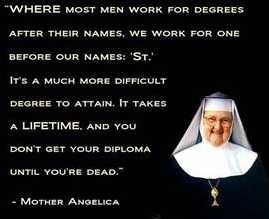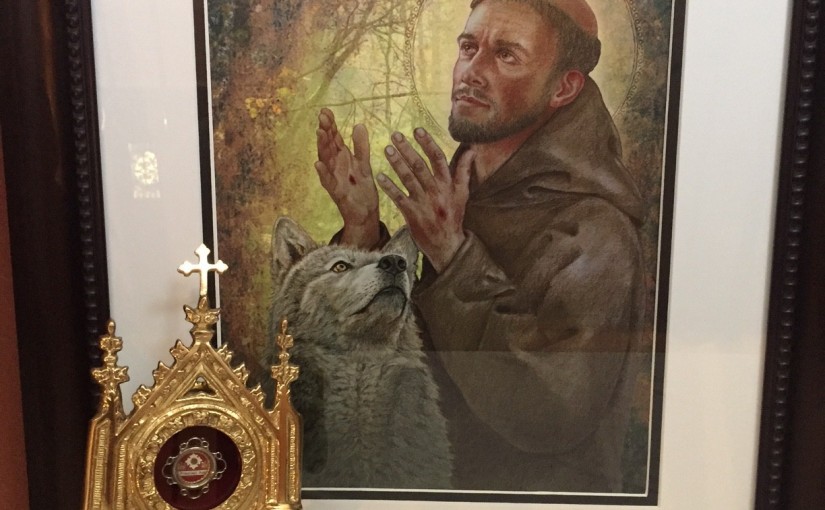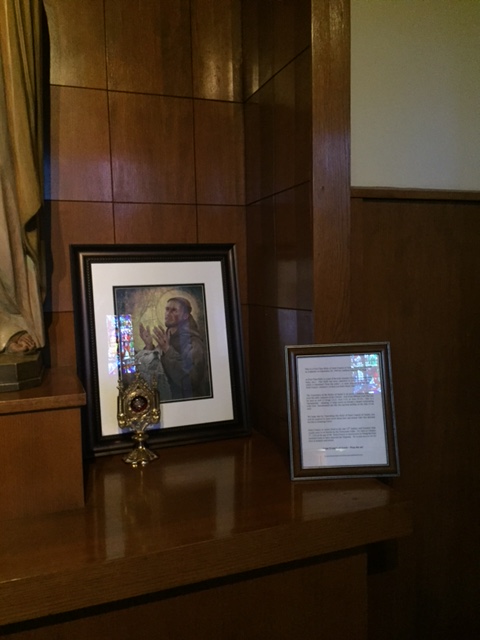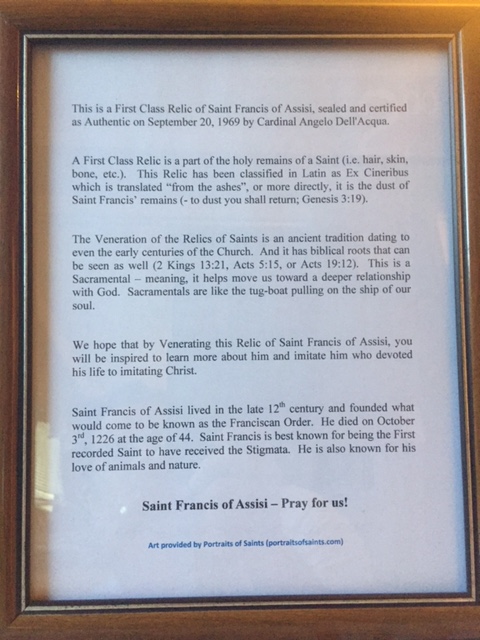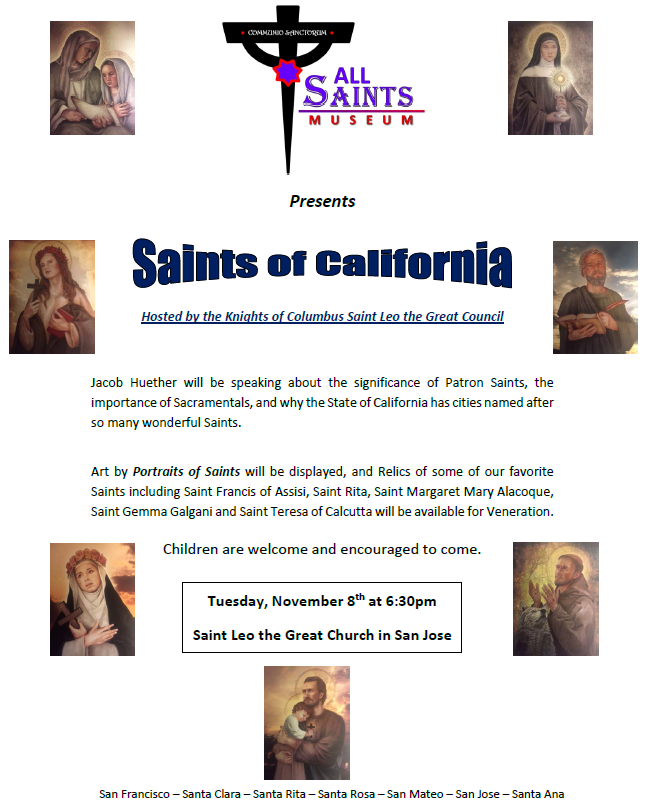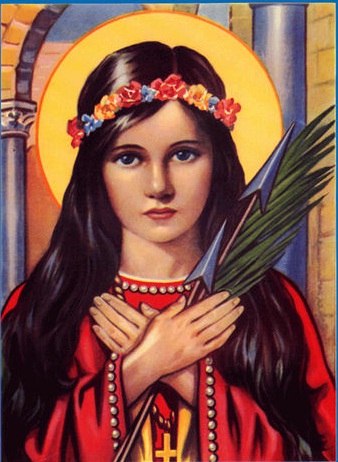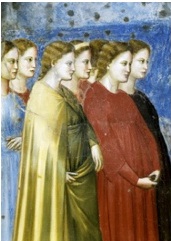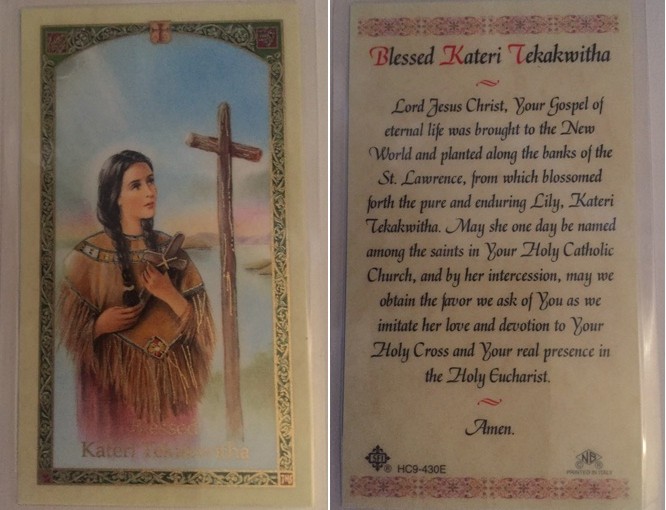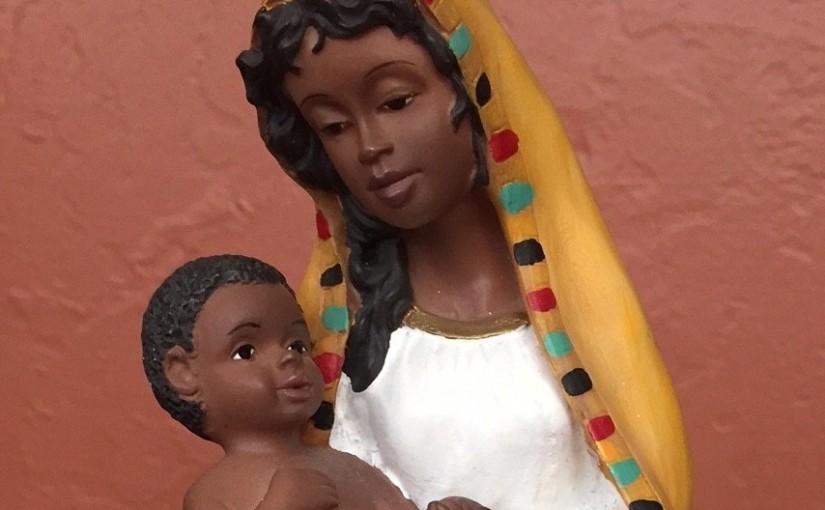Catholic Schools are a ministry of the Church. Therefore, it saddens me to hear parents say that they would sacrifice the Catholic Identity of their school for the academics because they can always teach their kids the Catholic Faith at home. As if the Faith can be given at home any better than academics could be given at home. We can give a basic academic education at home as well, just as surely as we can give a basic Catholic education. But that’s why we choose to send our kids to Catholic School – to get both. Sure, one can provide the Identity at home, but not to the extent the Catholic school does. Individual Catholic formation at home is important, but it is only a piece. A child really truly needs a Community Catholic formation in order to be equipped for God’s purpose in their life. That is the value the Catholic School provides. It’s their mission! It’s almost guaranteed that many of the Catholic Schools are heavily focused on making their schools “academic” at the cost of their soul – because that’s what appeals to the demographics especially in the United States. Little do they even ponder this fact: academics gets us through this life, maybe. Catholic Faith gets us through eternity, definitely.
